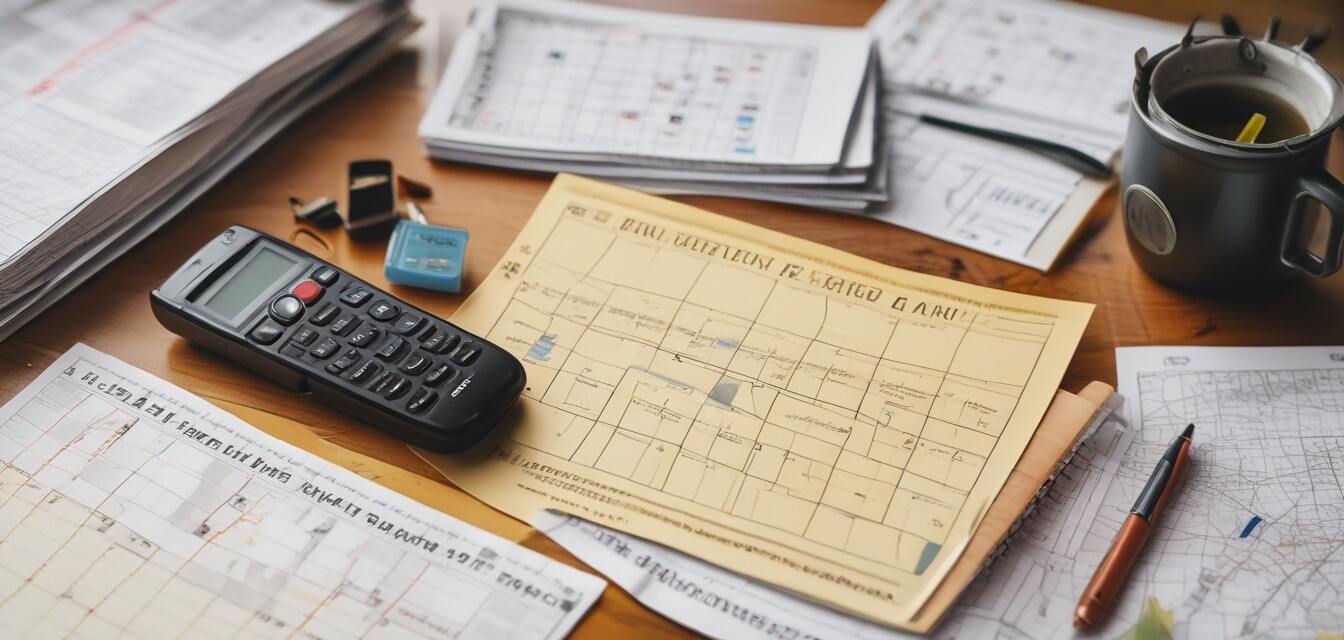
How to create a family communication plan for emergencies
Key Takeaways
- A family communication plan is crucial for ensuring safety during emergencies.
- Identify key contacts and important information that will be shared with family members.
- Utilize various communication methods to cover different scenarios.
- Regularly review and practice the plan to ensure everyone understands their roles.
In today's unsettling world, establishing a family communication plan for emergencies is essential. Having a well-thought-out strategy helps ensure that your family remains connected and safe when crisis situations arise. This article will guide you through the steps needed to create an effective communication plan that everyone can understand and follow. Let’s dive into the details!
Why is a family communication plan important?
Your family communication plan can be a lifeline during disasters. It helps you stay connected with your loved ones when unexpected situations arise, such as natural disasters, power outages, or personal emergencies. Here are some reasons why this plan is crucial:
- Safety: Ensures everyone knows how to contact each other in emergencies.
- Preparedness: Reduces confusion and anxiety during stressful situations.
- Coordination: Helps coordinate actions among family members when separated.
Steps to create a family communication plan
Creating a robust family communication plan involves several steps:
1. Identify key contacts
Begin by identifying crucial contacts for your family communication plan. This includes:
| Contact Type | Name | Phone Number | |
|---|---|---|---|
| Immediate Family | John Doe | (123) 456-7890 | john@example.com |
| Extended Family | Jane Doe | (987) 654-3210 | jane@example.com |
| Friends | Mike Johnson | (555) 123-4567 | mike@example.com |
2. Establish communication methods
Next, decide how each family member will communicate during an emergency. Options include:
- Text messages: Quick and often reliable, even when service is limited.
- Social media: Can be helpful for letting others know you are safe.
- Designated meeting points: Agree on locations where family members can gather.
3. Create a family contact card
Create a family contact card with essential information that includes:
- Family members' names and contact numbers
- Emergency contact (relative or neighbor)
- Important addresses (home, school, work)
Everyone should keep a copy in their wallet or backpack. Consider creating a digital version as well.
4. Discuss the plan
Schedule a family meeting to discuss the communication plan. Go over:
- Roles: Who is responsible for what during an emergency.
- Communication methods: Make sure everyone is comfortable with the methods chosen.
- Practice: Conduct drills to make sure everyone knows their part.
Making your plan adaptable
Emergencies can be unpredictable, so make sure your family communication plan is flexible. Adjust it as needed and ensure everyone is informed about any changes. Consider internal links for additional resources such as:
- Communication devices for better connectivity.
- Emergency food supplies that may be needed during emergencies.
Practice makes perfect
To ensure that the family communication plan works effectively:
- Hold regular family drills to practice your plan.
- Review and update the plan as needed, especially after major life changes.
- Make sure to adapt the plan for different scenarios, such as natural disasters or personal emergencies.
Resources
Find resources for planning and communicating effectively in emergencies:
- Buying guides for emergency essentials.
- News and trends related to outdoor safety and survival.
Beginner's tips for a family communication plan
- Start small—get one plan together and build from there.
- Keep it simple; everyone should understand the plan easily.
- Provide copies for everyone and practice regularly.
Pros
- Improves family safety and peace of mind.
- Encourages preparedness in emergency situations.
- Promotes family collaboration and communication.
Cons
- Requires initial time and effort to create.
- May need to be updated frequently.
- Can be difficult to practice in real-life scenarios.
Final thoughts
Establishing a family communication plan is an effective way to prepare for emergencies and protect your loved ones. By taking the time to develop, discuss, and practice your plan, you will create a safer environment for your family. For more tips on enjoying the great outdoors and staying safe, check out our resources in the Outdoor Tips and Resources section. Prepare today to create a brighter, safer tomorrow!